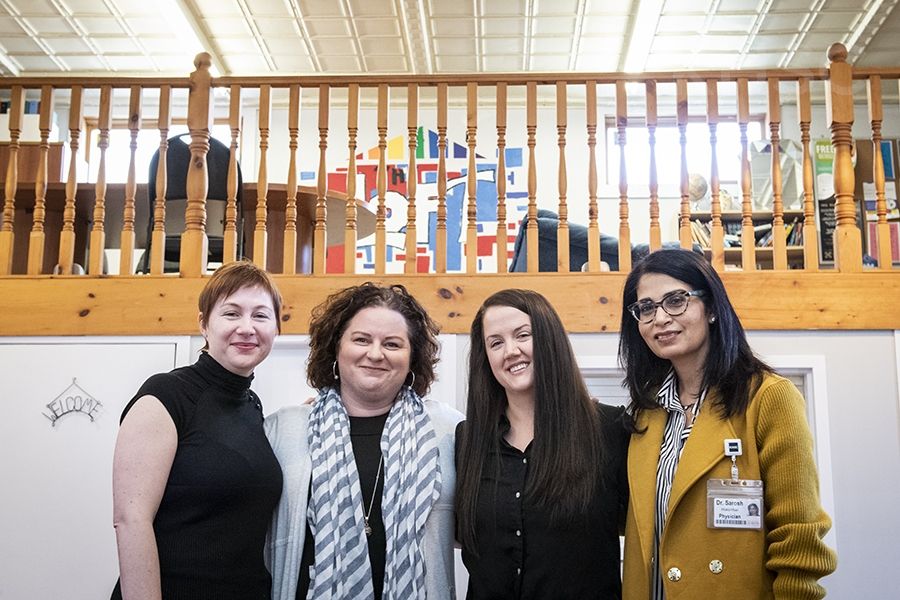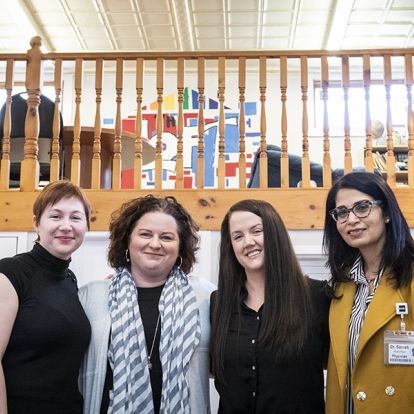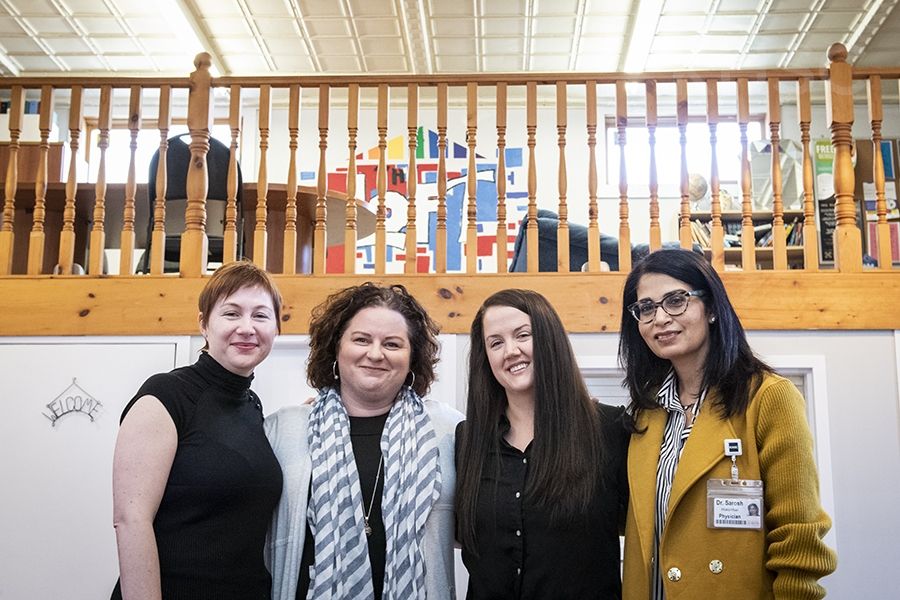Effective immediately masking is required for everyone when present on all inpatient units, in the Emergency Department (ED), the Urgent Care Centre (UCC), and the Children’s Outpatient Centre (COPC).

Last year when Cindy Bolton, in her role as Director of Community Partnerships at Kingston Health Sciences Centre (KHSC), walked into the first Youth Mental Health Services Planning Day in Kingston, she knew very few people besides the people from the United Way and the Maltby Centre with whom she worked to organize the day that brought agencies, health care providers and youth together to start conversations and take action.
What a difference a year can make. Because of the partnerships that have flowed from that initial planning day, Bolton knew the majority of attendees at the second planning day, which took place last month to build on the successes achieved following last year’s gathering.
“Being at the table, so to speak, allows our leaders to better understand the challenges youth face when seeking mental health support, and how KHSC’s programs and services can more easily integrate with supports in the community,” says Bolton. “When the community comes together in this way, it is much easier to form the partnerships needed to make a real difference.”
In the fall of 2018, following the first planning day in the spring, professionals from KHSC’s Child and Youth Mental Health Program began reaching out to the community in a new way, by providing on-site services at One Roof, Kingston Youth Hub, a unique partnership between organizations that provide health and social supports for youth.
Ashley O’Brien, coordinator at One Roof, knows firsthand the positive impact that comes from having people come together to provide the right support at the right time at a single location.
“In the past, as a frontline worker, when a youth would come in and see me, I would often have to give them five or six different referrals in different locations, with different organizations, to have their needs met,” says O’Brien. “Now, thanks to 27 organizations under one roof, most needs can be met onsite, in an atmosphere that promotes connection and belonging.”
What’s next?
One of the priorities identified by the group was the need for better crisis intervention. Many people provided input and ideas on an after-hours walk-in clinic for youth.
“We’ve continued to see a five per cent increase in youth using the emergency room over the last year, and we know this is not the best place for them to receive the support they need,” says Mike McDonald, Chief Nursing Executive and Executive VP Patient Care and Community Partnerships at KHSC.
McDonald added, “My hope is that the planning day strengthens our commitment to providing youth with the best possible mental health supports where and when they need them. Great progress has been made by the community, and we need this important and necessary work to continue in the future.”
Other areas of priority include the creation of physical spaces where youth can go and feel safe, and the development of improved care transitions between different settings and providers so that youth are better supported by a strong network of care.
Gallery


Working together to provide the right support at the right time at a single community-based location. From left to right: Dr. Jennifer Davidson, psychologist; Patricia Marchand, social worker; Ashley O'Brien, One Roof coordinator; and Dr. Sarosh Khalid-Kh



